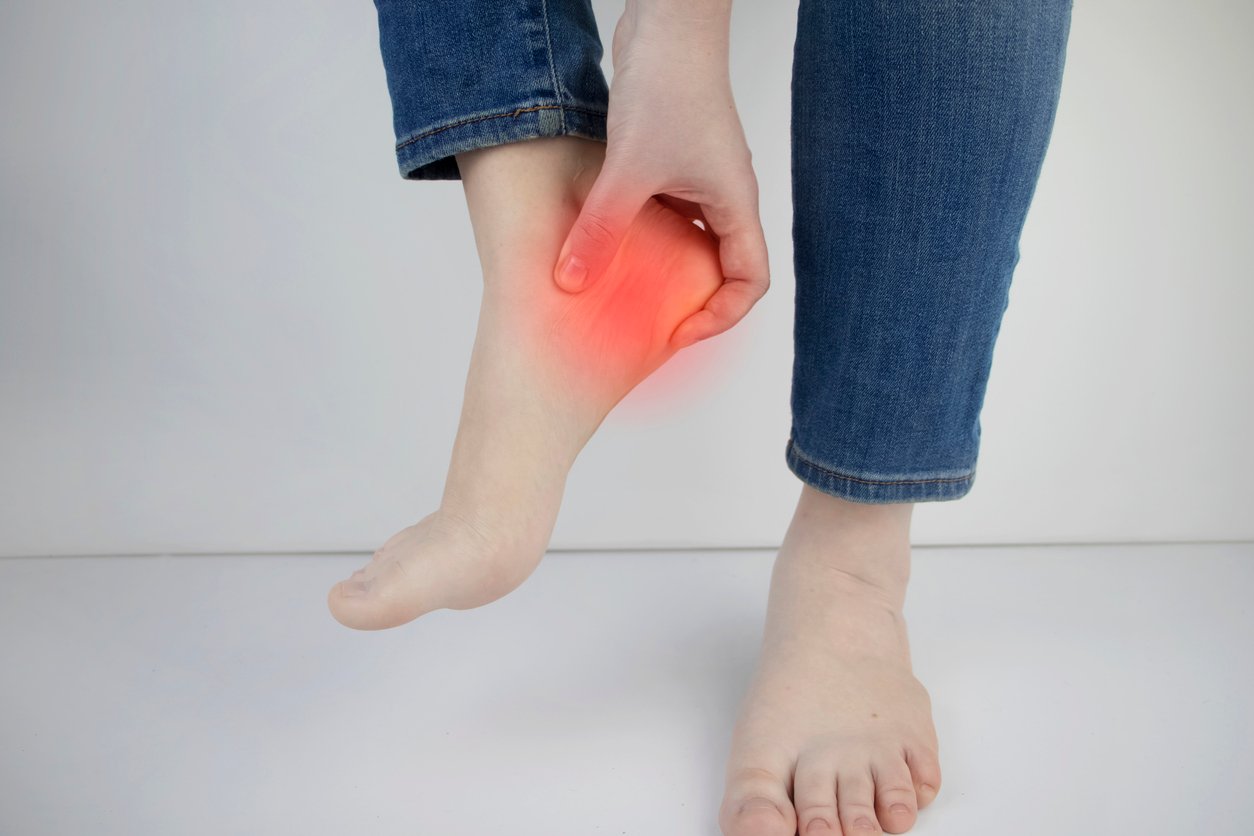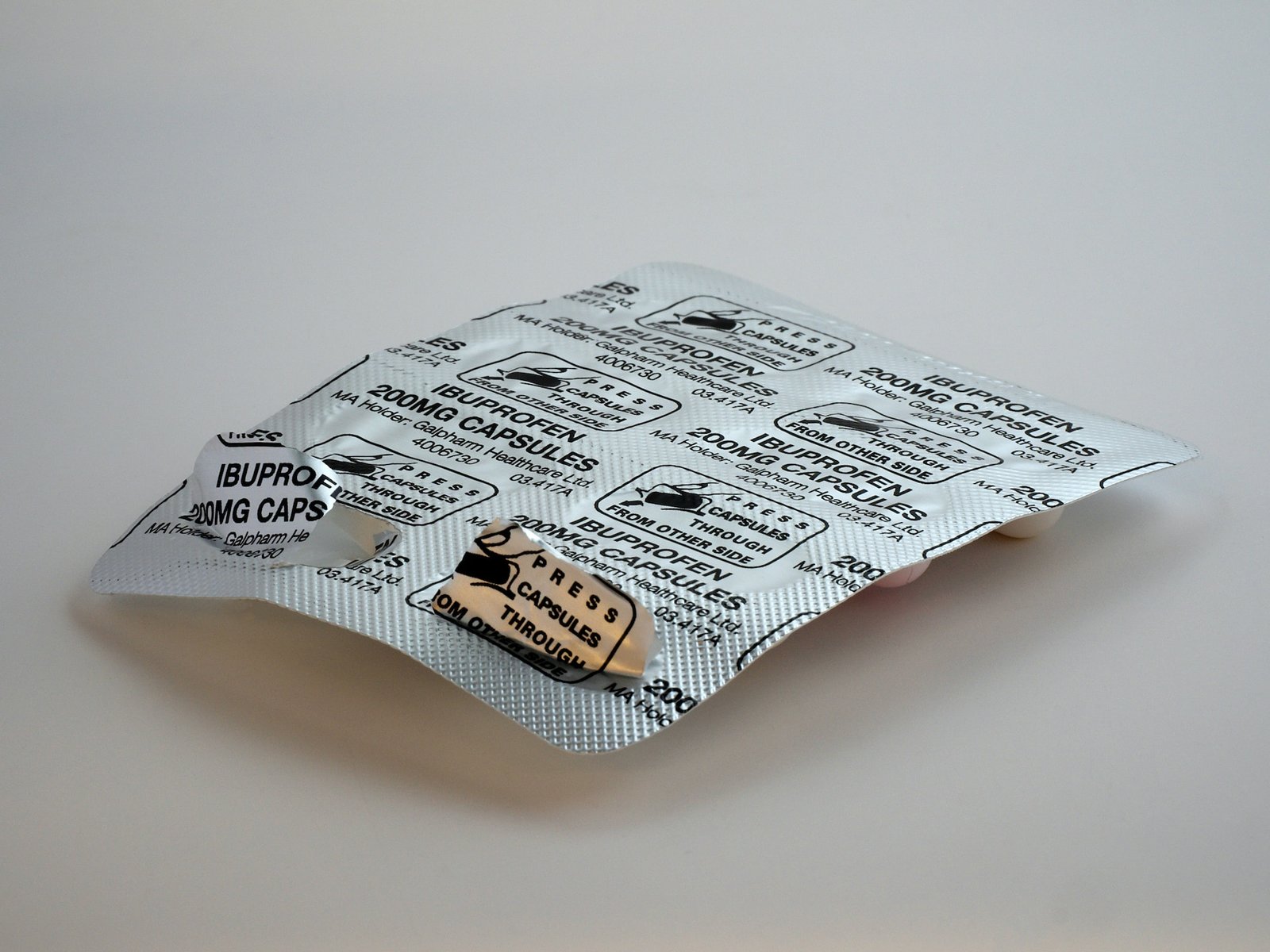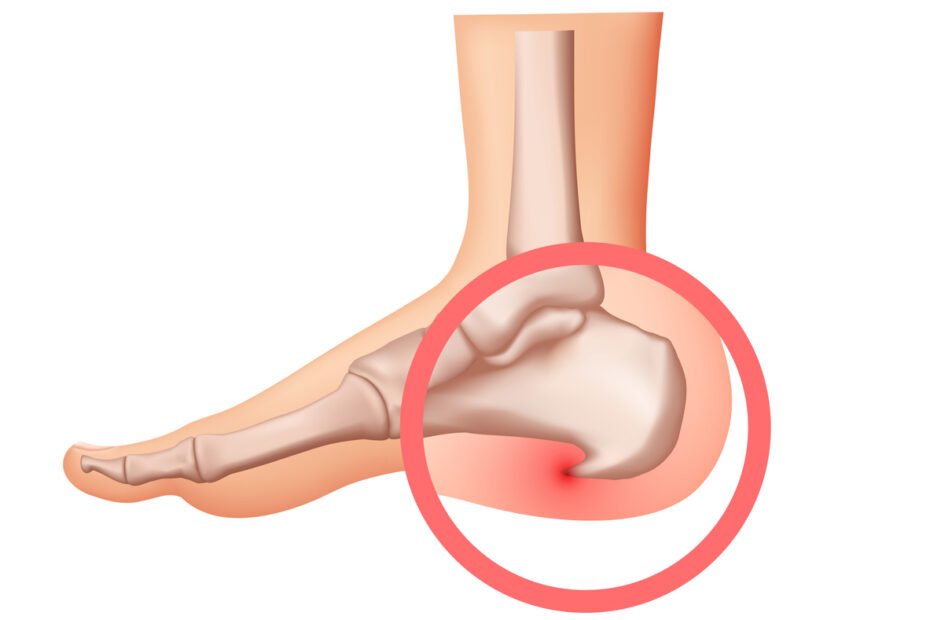Have you ever experienced sharp pain in your heel, especially when you take your first step out of bed in the morning? If yes, then you might be suffering from plantar fascia sharp pain. In this blog post, we will dive deep into what exactly is plantar fasciitis and how it can affect your daily routine. We will also discuss the various causes and symptoms of plantar fasciitis, the importance of accurate diagnosis, and treatment methods available for this condition.
Additionally, we will also talk about co-existing conditions such as sciatica and tarsal tunnel syndrome that may contribute to heel pain. Lastly, we will provide some tips for living with plantar fasciitis and preventing it from happening again in the future. So, if you are looking for strategies to alleviate the sharp pain caused by plantar fasciitis, keep reading!
Understanding Plantar Fascia
Plantar fasciitis, a common cause of heel pain, is often experienced by runners due to inflammation of the band of tissue connecting the heel bone to the toes. Symptoms are exacerbated by walking barefoot or on hard surfaces. Typically affecting individuals aged 40-60, with over 2 million Americans seek treatment yearly for this condition. Understanding this condition is crucial for effective management and pain relief.
The Underlying Causes of Plantar Fasciitis
Overuse, obesity, and high arches commonly cause plantar fasciitis. The condition may also be influenced by a stress fracture or tight Achilles tendon. Additionally, flat feet or unsupportive shoes can lead to the development of plantar fasciitis.

Identifying the Symptoms of Plantar Fasciitis
After the first steps in the morning, stabbing pain at the bottom of your foot is a common symptom. You might also experience stinging pain at the arch and inflammation in the heel area. These symptoms are indicative of plantar fasciitis, a condition where the band of tissue at the bottom of the foot becomes inflamed. Identifying these symptoms early can lead to effective treatment and pain relief.
Diagnosing Plantar Fasciitis
When diagnosing plantar fasciitis, clinicians review medical history, conduct a physical examination, and use imaging tests. Magnetic resonance imaging is often employed to confirm the diagnosis. They may also assess the plantar fascia’s elasticity through specific maneuvers. Accurate diagnosis is crucial for effective treatment.
How Doctors Diagnose Plantar Fasciitis?
Doctors diagnose plantar fasciitis by evaluating symptoms and conducting a physical examination. They may use ultrasound imaging to identify inflammation and swelling of the plantar fascia. X-rays can help rule out other causes of heel pain like heel spurs.
Importance of Accurate Diagnosis
Accurate diagnosis plays a pivotal role in determining the most suitable treatment plan for plantar fasciitis. Misdiagnosis can result in prolonged pain and delayed relief for patients. Moreover, it is essential to identify related conditions such as rheumatoid arthritis to ensure comprehensive treatment. By accurately diagnosing the condition, healthcare professionals can provide targeted and effective interventions for managing plantar fascia sharp pain.

Treatment Methods for Plantar Fascia Sharp Pain
Conservative treatments, like stretching exercises and orthotic devices, are commonly recommended. Nonsteroidal anti-inflammatory drugs (NSAIDs) such as ibuprofen help alleviate pain and inflammation. In chronic cases, relief can be provided through steroid injections or foot splinting. Home remedies like icing the bottom of your foot also aid in pain relief. Identifying the most common causes of heel pain is crucial for effective treatment.
Conservative Treatments for Plantar Fasciitis
Conservative treatments for plantar fasciitis focus on stretching the calf muscles and the plantar fascia, essential for managing symptoms. Utilizing ice, supportive shoes, and heel pads can effectively alleviate discomfort. Orthotic devices, such as arch support, promote a neutral foot position, reducing strain on the plantar fascia, aiding in pain relief and recovery. Home remedies and athletic shoes play a significant role in achieving a neutral position and providing pain relief.
When is Surgery Recommended?
Surgery for plantar fasciitis is recommended when conservative treatments fail to provide relief over an extended period. One surgical procedure, known as plantar fascia release, involves cutting the tight plantar fascia to alleviate pain. It is important for patients undergoing surgery to follow postoperative rehabilitation for optimal recovery.
Co-Existing Conditions
Co-Existing Conditions: Rheumatoid arthritis or high-impact sports can worsen plantar fasciitis pain. Managing these conditions can indirectly ease plantar fasciitis discomfort. Understanding and addressing co-existing conditions is crucial for comprehensive plantar fasciitis treatment.
Role of Sciatica in Heel Pain
Sciatica, characterized by shooting pain from the buttocks to the foot, may result in heel discomfort due to nerve compression. Numbness or tingling in the heel could also be related to sciatica, worsening with movement or prolonged sitting. Consulting a healthcare professional is crucial for accurate diagnosis and treatment, emphasizing the need for prompt attention to alleviate sciatica-related heel pain.
Understanding Tarsal Tunnel Syndrome
Tarsal tunnel syndrome, characterized by tingling and burning foot pain, results from tibial nerve compression in the ankle. Swelling, flat feet, or abnormal foot structure may contribute. Discomfort occurs along the inner ankle and bottom of the foot. Alleviation through orthotic devices or physical therapy is possible. Understanding this condition is vital for effective treatment.

Living with Plantar Fascia Sharp Pain
Living with plantar fasciitis presents challenges as persistent heel pain can hinder daily activities, especially on hard surfaces. The stinging pain may impact the arch of the foot and calf muscles, affecting mobility. Seeking professional treatment is crucial for managing chronic plantar fasciitis pain. Implementing home remedies, wearing supportive athletic shoes, and using splints for pain relief can help maintain a neutral position of the foot.
Coping Strategies for Managing Pain
When coping with plantar fasciitis pain, consider applying ice to the affected area, stretching the arch of the foot and calf muscles, and wearing supportive shoes or heel pads. Avoid going barefoot or using unsupportive footwear, as these can exacerbate the discomfort. For personalized strategies, consult a podiatrist. Incorporating these coping methods into your routine can help alleviate the discomfort caused by plantar fasciitis.
Tips for Preventing Plantar Fascia Sharp Pain
Maintaining a healthy weight reduces the risk of developing plantar fasciitis. Adequate arch support in shoes is preventive. Regular stretching exercises promote flexibility and prevent heel pain. Gradually increasing physical activity helps avoid overuse injuries. Proper foot care and rest minimize the likelihood of plantar fasciitis.

Is it Possible to Completely Recover from Plantar Fasciitis?
Achieving complete recovery from plantar fasciitis is attainable with proper treatment. By implementing conservative methods and utilizing orthotic devices, individuals can experience long-term relief from symptoms. A comprehensive approach, including stretching exercises and orthopedic support, plays a crucial role in the recovery journey. Seeking guidance from a clinician ensures a successful recovery.
How do you know if you have plantar fasciitis or just a temporary foot injury?
Experiencing sharp pain in your heel or arch? It could be plantar fasciitis, a common foot injury. Look out for symptoms like pain upon waking up or after sitting for long periods. Rest, ice, and regular calf stretches can provide relief. If symptoms persist, consult a healthcare professional.
When should you see a doctor for plantar fascia pain?
If your plantar fasciitis pain is severe or persists for several weeks, it’s advisable to consult a doctor. Seeking medical attention allows for an accurate diagnosis and appropriate treatment recommendations. In some cases, imaging tests like X-rays or MRIs might be necessary. Early intervention can prevent further damage and expedite recovery.
Are there any exercises that can help alleviate sharp pain in the plantar fascia?
Yes, there are exercises that can help alleviate sharp pain in the plantar fascia. Some effective exercises include calf stretches, toe curls, and towel stretches. Consult with a healthcare professional before attempting any exercise regimen. Incorporating these exercises into a daily routine can help prevent future flare-ups of plantar fasciitis.

Conclusion – Plantar Fascia Sharp Pain
In conclusion, it is important to understand that plantar fasciitis can be a challenging condition to deal with. However, with the right diagnosis and treatment methods, it is possible to alleviate the sharp pain caused by this condition. Conservative treatments such as stretching exercises, physical therapy, and orthotic devices can be effective in providing relief. In some cases, surgery may be recommended for severe or chronic cases of plantar fasciitis. It is also important to address any co-existing conditions such as sciatica or tarsal tunnel syndrome, as they can contribute to heel pain. Additionally, adopting coping strategies and preventive measures can help manage the pain and reduce the risk of developing plantar fasciitis. Remember, with proper care and attention, it is possible to recover from plantar fasciitis and regain your mobility and comfort.
I hope you found this blog helpful and please feel free to comment and share.
Thanks for reading!
 | Tracy J. Founder, The heel GP |
